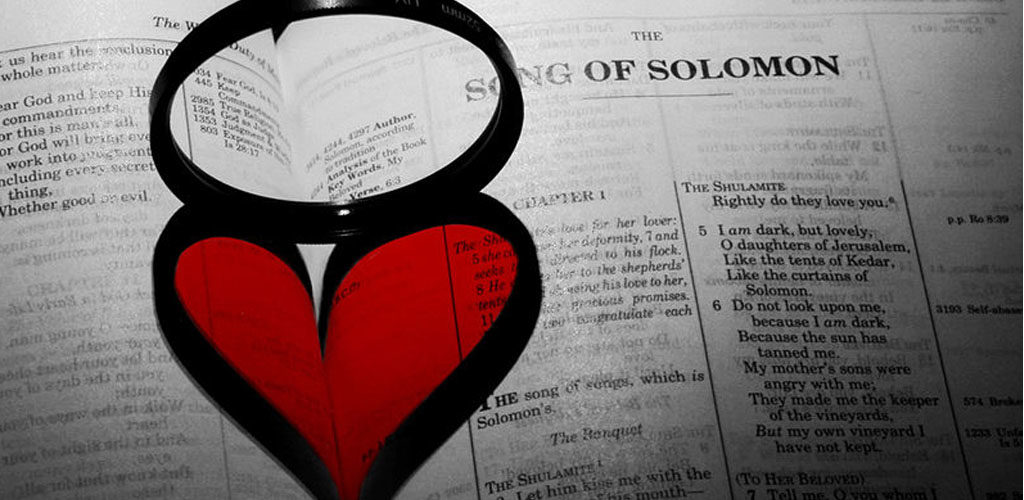The Book of Exodus (Lives of Great Religious Books), Joel Baden, Princeton.
The Song of Songs (Lives of Great Religious Books), Ilana Pardes, Princeton.
If we ever needed reminding that the Bible is a collection of works of varying genres, we could compare the book of Exodus and the Song of Songs. Exodus is on an epic scale, the Song of Songs, intimate; Exodus a grand historical narrative, the Song of Songs, poetic; Exodus is tribal, the Song, universal; Exodus, bloodthirsty and dramatic at times, the Song, tender; God stars in Exodus, doesn’t rate a mention in the Song. Yet there are similarities too.
The Lutheran theologian Robert Jensen once wrote that rescue is the story of the Christian Bible, through the Exodus story of Israel leaving Egypt, first of all, then through Jesus (and the Passover becomes the Eucharist). In Jewish belief today the Exodus is central. Joel Baden argues that being Jewish is defined by this story of rescue as much as descent from Abraham. (You can’t invent an Abrahamic lineage, but you can convert to Judaism, and the Exodus story then becomes your story.)
The Song of Songs may seem an obscure, slightly odd inclusion in the Bible, and many have wondered why on Earth it was included, yet, Ilana Pardes tells us, some rabbis, especially Spanish medieval Kabbalists, made the perhaps audacious claim that the Song too is central, because its theme is love. It’s about romantic love, sure, but not just that. It can stand for love in general, the essence of God, and for theologians over the centuries it has stood allegorically for the love of God for the church or the people. For the rabbis, the lover’s search for the beloved symbolised how we seek and find God. For scholars interpreting the book this way, the Song stood for all the possibilities of interpreting scripture – a microcosm of the symbolic, multilayered richness of scripture as a whole.
The Song, though it is purported to be Solomon’s, is actually a complex compilation, which explains some of its odd twists and dreamlike quality. Similarly, Exodus is obviously not by Moses – Moses couldn’t have described his own death, after-all – but is instead a patchwork of various narratives, and the historical basis (outside the Bible itself) of the events it describes is not clear. It probably contains memories of migration from Egypt, and historians think the Passover ritual is based on an older harvest festival. Interestingly, this ritual was at some stage taken out of the hands of the priests and put into the hands of the laity – the Seder, the Jewish remembrance of the Passover, is celebrated in homes, not the synagogue. Ironically, says Baden, the Christian reinterpretation of the Passover into the Eucharist placed the ritual back into the hands of priests. And in the Catholic tradition at least, the doctrine of the Real Presence made the symbolic more literal again.
The Exodus story lends itself well to symbolism, as Baden points out, with any oppression over centuries liable to be interpreted as an Exodus tale, as in the Protestant Reformation. Luther was likened to Moses, though he disliked such lofty comparisons, and the Pope to Pharaoh. Later, the English Puritans travelling to America likened themselves to the Israelites leaving Egypt. Although they were reluctant to fight the native inhabitants of the new Canaan, they brought their own plagues which did the job for them.
The American revolutionaries likened the English king to Pharaoh, but the always perspicuous Samuel Johnson saw the irony in American slave-owners symbolising their revolution as a revolt against slavery. The ironic nature of the Land of the Free containing slaves persisted. Later still, the Exodus story resonated deeply with Black Americans’ push for civil rights. In Martin Luther King’s last public speech, just before he was murdered, he spoke of equality as the promised land and, famously, in an eerily prophetic turn, likened himself to Moses, who of course led the people to the promised land but didn’t enter it.
The Song of Songs has
also been important for Black Americans, and is a large influence on, for
example, the fiction of Toni Morrison, mainly because the Song’s lover
describes herself as black and beautiful. (Pardes says that the phrase ‘I am
black, but comely’ can just as easily, and more appropriately, be translated as
‘I am black, and comely’, dispelling any notion that being black is
inferior.) More generally, feminist theologians have noted the strikingly
assertive voice of the (female) lover. Which goes to show that one can find
inspiration for liberty in all sorts of places in the Bible, in both the grand
narrative and the single, poetic phrase.
Nick Mattiske blogs on books at coburgreviewofbooks.wordpress.com







2 thoughts on “Why does the Bible feature Song of Songs?”
The simplest way to understand Song of Songs is probably through a verse from Shakespeare from his poem Venus and Adonis:
Call it not love for love to heaven is fled
Since sweating lust on earth usurp’d His name.
Under who simple semblance man hath fed
upon fresh beauty blotting it with blame,
which the hot tyrant stains and soon bereaves
As caterpillars do the tender leaves.
Love comforteth like sunshine after rain
but lust effect is tempest after sun.
Love’s gentle spring doth always fresh remain.
Lust’s winter comes, ere summer half be done.
Love surfeits not, lust like a glutton dies,
Love is all truth, lust full of forged lies.
https://onthenatureofmarriage.wordpress.com
My first exposure to the Song of Songs was definitely as a Christian metaphor, through the old chorus that included ‘he brought me into his banqueting table and his banner over me is love’, complete with actions. We were singing about Christ.
Later, I heard a sermon that referred to Song of Songs as ‘the sealed section of the Bible’. A popular Christian book on ‘the act of marriage’ that I read when engaged makes much of the sexual explicitness – and allegedly, helpfulness – of some verses.
Now, I combine the two and realise that in using images of human erotic attraction and passion to describe God’s love for the Church, the Spirit is trying to persuade us of the depth and passion of God’s love for each of us and for us collectively. The rabbis picked this up in the way they held their hands up, with fingers spread, to pronounce the Aaronic blessing – their hands symbolising the lattice through which the lover peers through to gaze upon the beloved in Song of Songs.
THAT’s why it’s in the Bible – because God is love and God loves us! How could His love letter to us (the Bible) not include such a book?